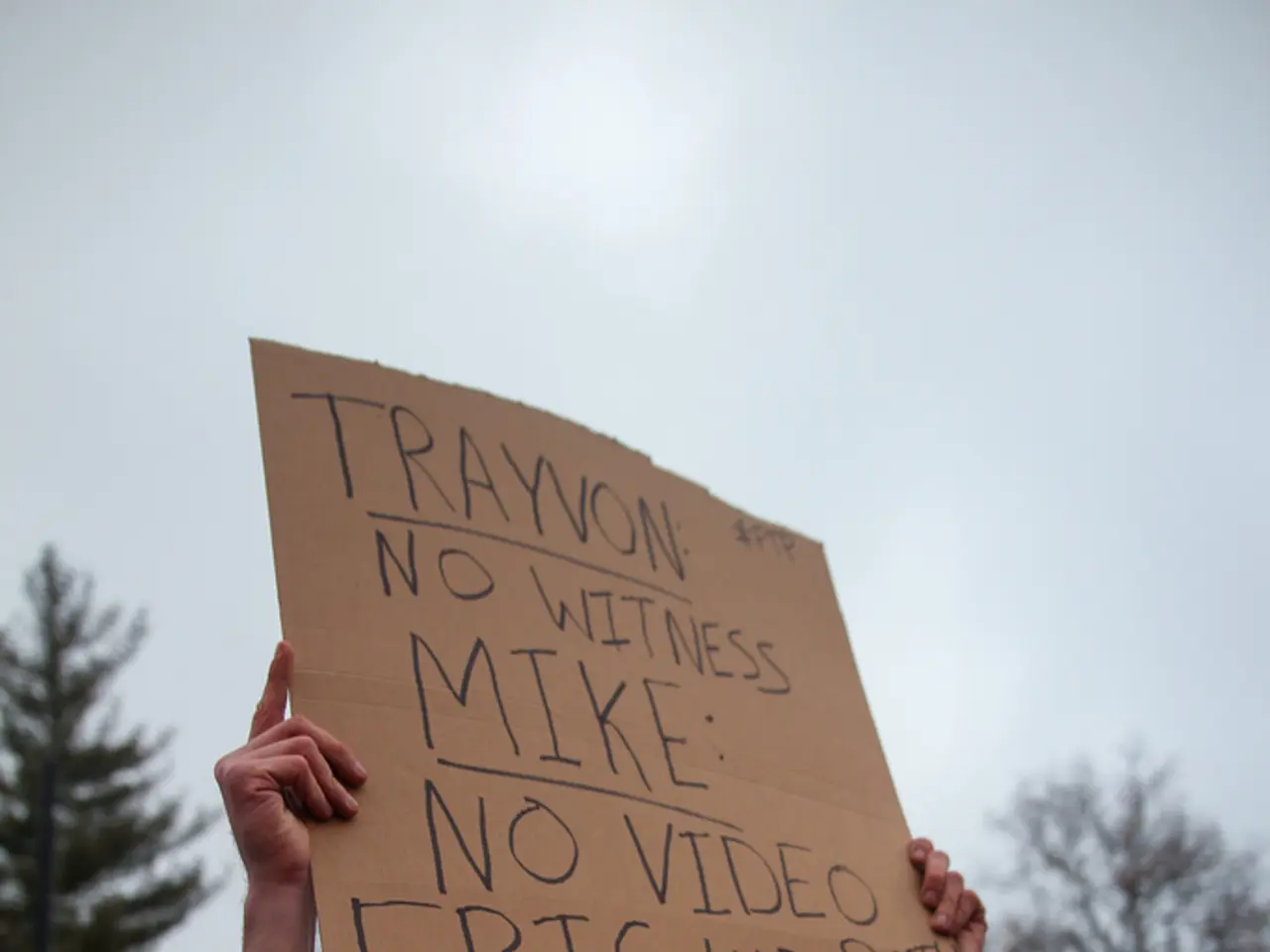Trade Policies Explained: Trump's Aim Behind Revamping International Trade Agreements
In a bid to rebalance the U.S. trade landscape, President Donald Trump's administration has been actively working towards completing trade deals before tariffs on numerous countries escalate. This strategic move forms part of Trump's tariff policy, which was primarily implemented to reshape U.S. trade policy with several key goals in mind.
1. **Reducing the Trade Deficit**: Trump aimed to reduce the persistent U.S. trade deficit, particularly with China, by raising the prices of imported goods through tariffs. This would discourage imports and encourage consumers and businesses to purchase domestically made products, thereby shrinking the trade deficit over time.
2. **Encouraging Domestic Manufacturing**: By making foreign products more expensive through tariffs, Trump sought to protect and revitalize U.S. industries, boosting domestic production and jobs. This aligns with his economic nationalism and skepticism of global trade deals, aiming to promote self-sufficiency and reduce economic dependency on other countries.
3. **Addressing National Security Concerns**: Tariffs were also framed as a means to protect industries crucial for national security and to counteract unfair trade practices from other countries, particularly China.
4. **Generating Federal Revenue**: Tariffs provide the U.S. Treasury with revenue from imports, which Trump suggested could potentially replace some income tax revenue for middle-income Americans and help reduce national debt.
5. **Retaliation Against Unfair Trade Practices and Broader Policy Goals**: Beyond economic motives, tariffs were used to retaliate against countries perceived to exploit the U.S. market unfairly, and in his second term, Trump expanded tariffs to address issues such as immigration enforcement and illegal drug trafficking.
Trump's tariff policy has been a consistent topic in the second Trump administration. He has brought several countries to the negotiating table after threatening high tariffs and has introduced "reciprocal" tariffs, which are calculated by effectively measuring America's goods trade deficit with foreign countries and cutting that in half.
However, the effectiveness of this tactic is questionable, as it has not stopped the flow of fentanyl into the U.S., for example. Early indicators of success may be a result of initial shock to the system rather than long-term effects. Economists and business leaders question the long-term effectiveness of tariffs, with Torsten Slok, chief economist at Apollo Global Management, estimating that tariffs may have to be set at 200% to replace all federal income tax revenue.
As of now, Trump has raised less than $100 billion in tariff revenue since taking office, and tariffs are expected to remain a small fraction of the U.S. budget deficit. The federal government raises approximately $3 trillion a year from income taxes.
In conclusion, Trump's tariff policy was driven by a blend of economic nationalism, protectionism, revenue generation, and strategic leverage to realign international trade relationships in favor of U.S. interests. While the policy has had some initial impacts, its long-term effectiveness remains uncertain.
- The tariffs introduced by Trump's administration are part of a broader economic strategy aimed at generating federal revenue, with the President suggesting that tariff revenue could potentially replace some income tax revenue for middle-income Americans and help reduce national debt.
- The ongoing discussions about trade deals and tariffs under Trump's administration have also encompassed the realm of politics, as the tariff policy is seen as a means to protect critical industries for national security and counteract unfair trade practices from other countries, particularly China.








